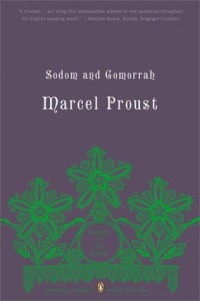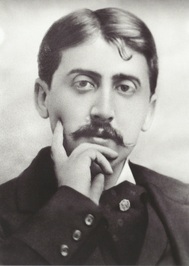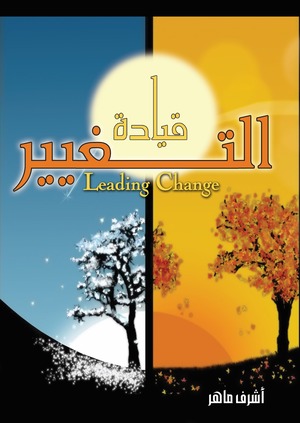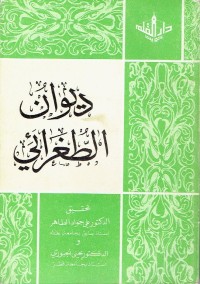
Sodom and Gomorrah by Marcel Proust..Sodom and Gomorrah – now in a superb translation by John Sturrock – takes up the theme of homosexual love, male and female, and dwells on how destructive sexual jealousy can be for those who suffer it. Proust's novel is also an unforgiving analysis of both the decadent high society of Paris, and the rise of a philistine bourgeoisie that is on the way to supplanting it.
Characters who had lesser roles in earlier volumes now reappear in a different light and take center stage, notably Albertine, with whom the narrator believes he is in love, and also the insanely haughty Baron de Charlus.
Sodom and Gomorrah by Marcel Proust..Sodom and Gomorrah – now in a superb translation by John Sturrock – takes up the theme of homosexual love, male and female, and dwells on how destructive sexual jealousy can be for those who suffer it. Proust's novel is also an unforgiving analysis of both the decadent high society of Paris, and the rise of a philistine bourgeoisie that is on the way to supplanting it.
المزيد...
Characters who had lesser roles in earlier volumes now reappear in a different light and take center stage, notably Albertine, with whom the narrator believes he is in love, and also the insanely haughty Baron de Charlus.























